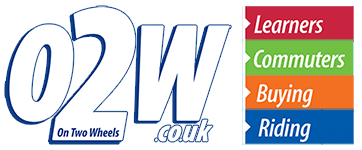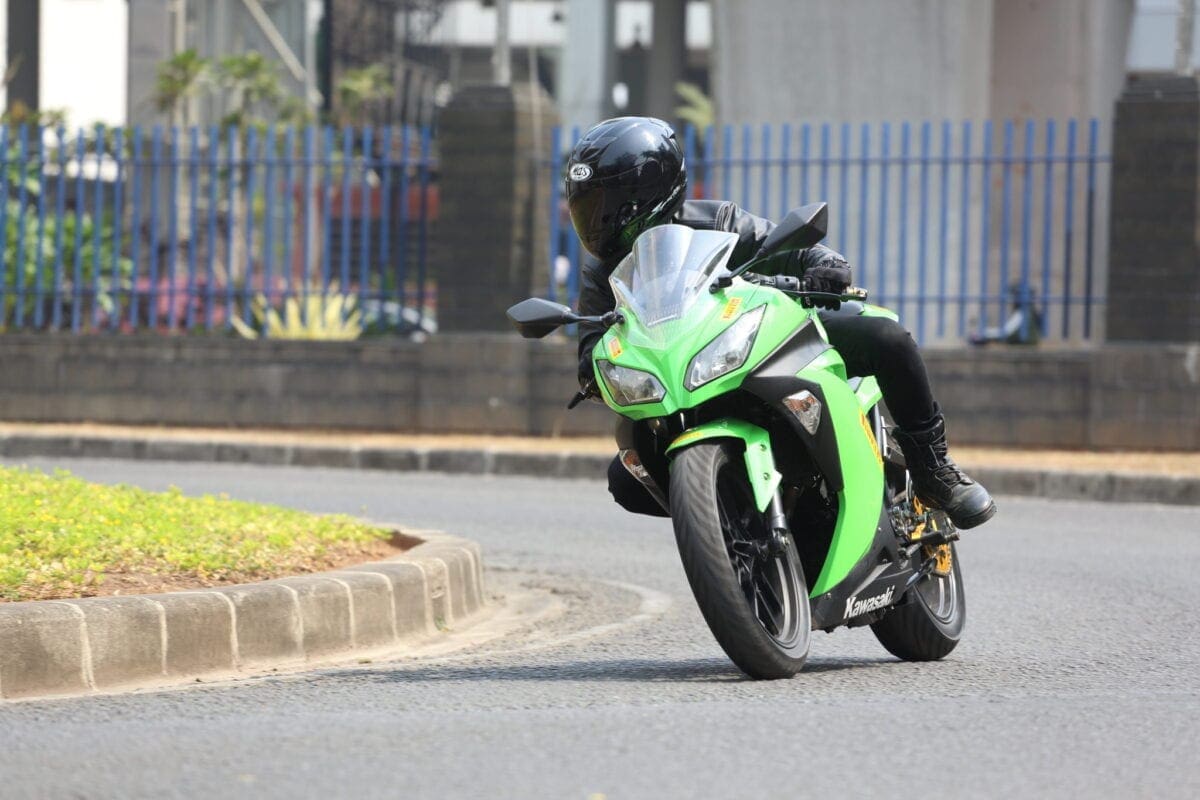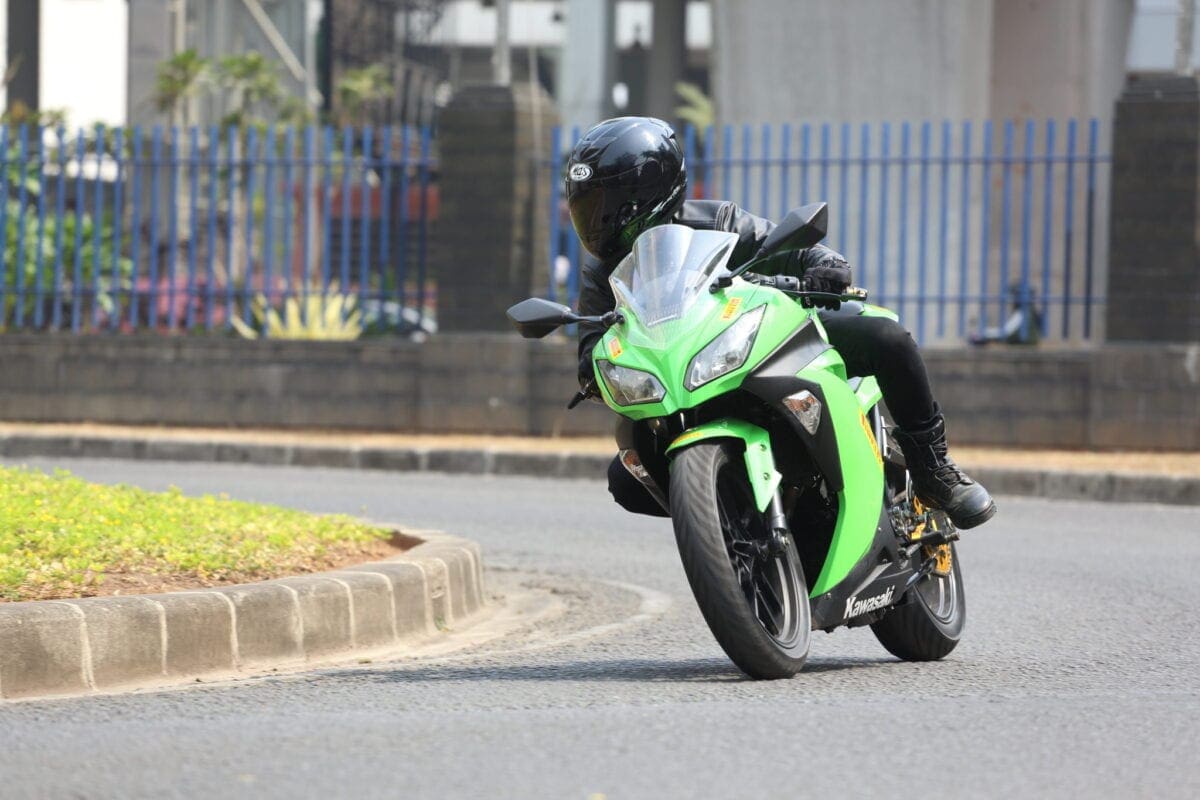Riding a motorcycle is not just a little unlike driving a car, it’s a lot unlike it – balance, braking and bends to name just three ways they differ. As such the consequences for getting it wrong can be considerably worse. Building up the experience to ride a motorcycle quickly, and safely, takes time and isn’t something you can just develop overnight. Also, and this is a crucial fact, your riding skills get ‘rusty’ if you have a long period, such as winter, away from two wheels. With this in mind, here are a few common riding errors and tips on how to avoid them. However, as much advice as you can read, there really is no substitute for practice so the best advice is to get out there and ride your bike.
Start slow, don’t rush it
It is far easier to lose confidence than build it up and so always start every new riding season slowly. Treat your first ride of the year as a gentle potter and don’t expect to start at the same skill level as where you left off last year. Ease yourself into riding a bike again and take it gently until you feel comfortable on two wheels again. The same is true even after a few week’s break from riding.
Enjoy everything More Bikes by reading monthly newspaper, Read FREE Online.
On the road there are no prizes for first place
A major cause of accidents on the road is riding in groups. When you get in a group of other riders the difference in skill levels is highlighted and often this results in riders attempting to keep up and ride above their skill set. Don’t be afraid to let faster riders go on ahead and avoid getting tempted to ride faster than you are comfortable with. If it feels scary, back off! If you are going to ride with a group, always ensure you know where the final destination is as that will take the pressure off the need to keep up. If a rider is faster than you, let them past and be comfortable and happy to ride at your own pace.
Get comfortable
Riding a bike demands a lot of concentration and so if you have something distracting you such as a flapping helmet strap, badly fitted ear plug or undone jacket, stop and sort it out. It only takes a second to readjust a bit of clothing and your concentration levels will be far higher. How often have you found yourself wandering towards the middle of the road while you attempt to fasten a rucksack strap or tighten a glove fastener on the go? It doesn’t take much for a seemingly innocent act like this to develop into a bad situation.
Don’t ride tired or dehydrated
All too often riders embark on long journey that leaves them tired and lacking in concentration. If you start to feel like you’re are dropping onto autopilot, stop and take a break. It is better to arrive at your destination a few minute late than not at all. And make sure you’re well hydrated. It’s amazing how much dehydration can affect your ability to ride: yes, this means you might have to stop for a pee more often but better that than being sent home in an ambulance.
Think about overtakes
One of the major differences between riding a bike and driving a car is the fact that on a bike you are far more likely to overtake traffic. Riders often fail to overtake properly, or rush an overtake, and that leads to accidents. Don’t sit on a car’s tail as that not only obstructs your view and reduces your braking zone should the car stop suddenly, it can panic and distract the driver. Stay a safe distance behind and when it is safe to overtake, use your bike’s superior acceleration to make the pass.
If necessary change down a few gears to speed up the process, but above all give yourself time and don’t rush it. Unlike in a car where passing places are often few and far between, on a bike you will have ample overtaking opportunity. Also, have a good look at the road ahead and never overtake when there is the possibility of a car turning into a side road.
Caution in corners
A lot of motorcycle accidents occur in corners and this is the main area where most riders struggle. It is hard to asses a corner and the speed and acceleration of a modern motorcycle often means it is very easy to arrive at a bend far faster than you expected to. The best advice is to adopt a slow in, fast out, approach and only fully commit to a bend when you can see the exit. When entering a right hand bend, keep to the left hand side of your lane to give yourself maximum view through the corner. On a left hander, stick to the middle of the road until you can see the exit, again to improve your vision.
Should you misjudge a bend, try to remain calm as the initial reaction is to panic, freeze and slap the brakes on while getting target fixated on where you don’t want to be. The handling capabilities of a modern motorcycle are amazingly high so if you think you are going too fast, look were you want to be (i.e. through the bend) not where you are afraid you will end up (i.e. the hedge). Try and avoid hitting the front brake hard if you are going too fast into a bend as this can cause the bike to sit up, instead try and use the rear to gently scrub off speed.
Be smooth and enjoy the wet
A lot of riders hate riding in the wet, but it can be a very enjoyable experience. When riding in the wet try and be smooth with the bike’s controls. Always brake in a straight line, but do so with less aggression than in the dry, and try to corner in one smooth line rather than jerky movements. You will be amazed how much grip a wet road and a modern tyre actually has if you just keep all your movements nice and smooth.
Consider further training
There is absolutely nothing wrong at all with seeking further advanced rider training. Some riders may turn their noses up at the thought of an advanced riding course, but they are generally very good fun and you will learn new tips and techniques from very experienced riders.
Also, as an added bonus, there are insurance incentives on offer for attending an advanced training course. Safer riding will allow you to enjoy your bike even more, increase your confidence and as an added bonus you may even have a lower insurance premium. What’s not to like?
Advert
Enjoy everything More Bikes by reading the MoreBikes monthly newspaper. Click here to subscribe, or Read FREE Online.




